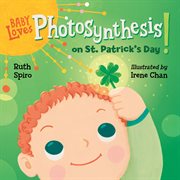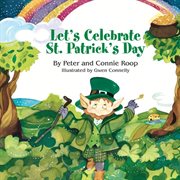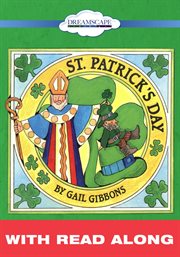Baby loves photosynthesis on St. Patrick's day
eBook - 2022
Big, brainy science for the littlest listeners. On Saint Patrick's Day, Baby learns why plants like clovers are green: photosynthesis! Accurate enough to satisfy an expert, yet simple enough for Baby, this clever board book explores the science of photosynthesis, leaf anatomy, and traditions surrounding St. Patrick's Day. Beautiful, visually stimulating illustrations complement age-appropriate language to encourage Baby's sense of wonder. Parents and caregivers may learn a thing or two as well.
- Subjects
- Published
-
[United States] :
Charlesbridge
2022.
- Language
- English
- Corporate Author
- Main Author
- Corporate Author
- Online Access
- Instantly available on hoopla.
Cover image - Physical Description
- 1 online resource
- Format
- Mode of access: World Wide Web.
- ISBN
- 9781632899583
- Access
- AVAILABLE FOR USE ONLY BY IOWA CITY AND RESIDENTS OF THE CONTRACTING GOVERNMENTS OF JOHNSON COUNTY, UNIVERSITY HEIGHTS, HILLS, AND LONE TREE (IA).



